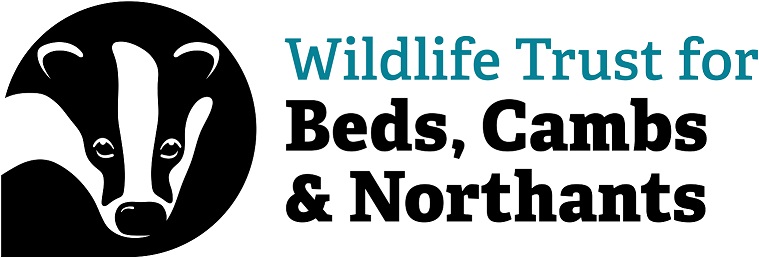An ancient breed of pigs are creating healthy wetland areas for wildlife by chomping on a problem plant.
Iron age pigs are a hybrid of wild boar and domestic pigs and are close to the pigs represented in prehistoric cave paintings. They are currently helping us manage a non native invasive plant species, crassula helmsii - also known as New Zealand pigmyweed – at our Lilbourne Meadows reserve in Northamptonshire.
The reserve is still being created but part of the site has recently opened to the public with a new path accessible on foot by visitors.
A wetland area of the site which should be a thriving habitat for wading birds like redshank, lapwing, oystercatcher and dunlin is currently covered in a thick matt of crassula which is stopping the birds from being able to feed on insect larvae buried in the mud. But the plant is no match for iron age pigs which love to root in the mud and are doing a great job of pushing the plant back.
The work is supported by funding from donors – like the hundreds of people who have contributed towards our Wilder Future Fund launched earlier this year.
Jane Pearman, Lilbourne reserve manager, said: “These pigs are very hungry and they love to pull up plants and dig down with their snouts to get at the roots. They are the perfect helping hands – or trotters! - we need on the reserve and they have great personalities too, it’s wonderful to see them every day.
“Lilbourne is becoming a fantastic place for nature, but there are species missing that we know should be here. I hope that once we’ve dealt with this invasive plant the wetland areas will be thriving with birds and insects once again – that’s what this reserve and the Wildlife Trust are here for, to protect habitats and bring species back.”
Lilbourne still has areas inaccessible to the public and there is no parking nearby. However the iron age pigs will be moving to our Summer Leys nature reserve near Wellingborough in early August where visitors will be able to see them at work.
Lilbourne is a partnership with Prologis which builds logistics facilities.
Our grazing operations include cows, sheep and, now, pigs, across the region which are vital for managing wildlife habitats. With more funding we can do more work like this and protect more wild spaces.
The Wilder Future Fund was launched earlier this year to support work which is bringing nature back. In its first few months generous donors have given nearly £60,000 and we are on our way to reaching our target of £1.5million in three years. People have supported with one off individual donations, joint donations from groups, community fundraising efforts and monthly regular giving pledges.
Find out how you can help at wildlifebcn.org/wilderfuturefund




